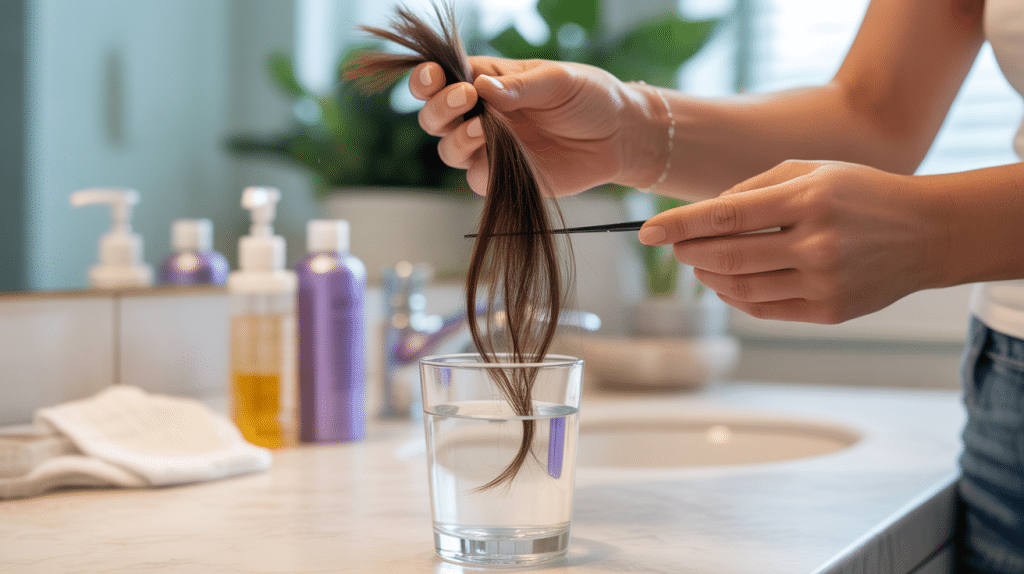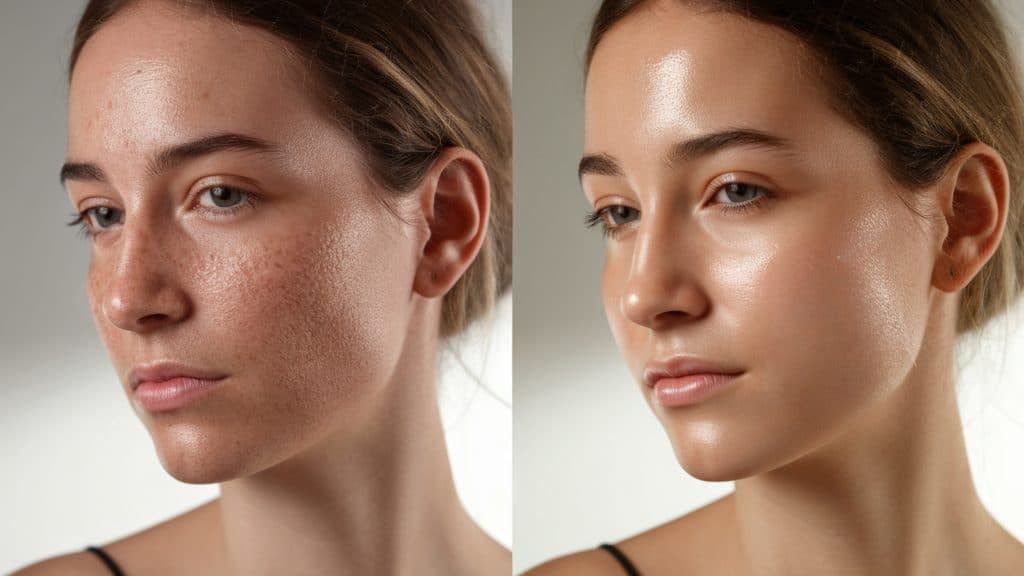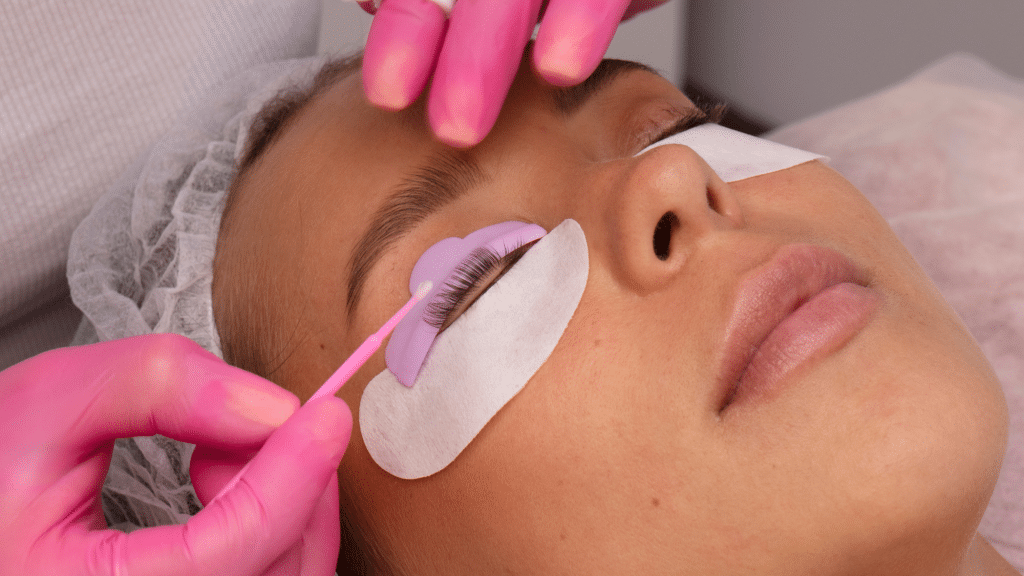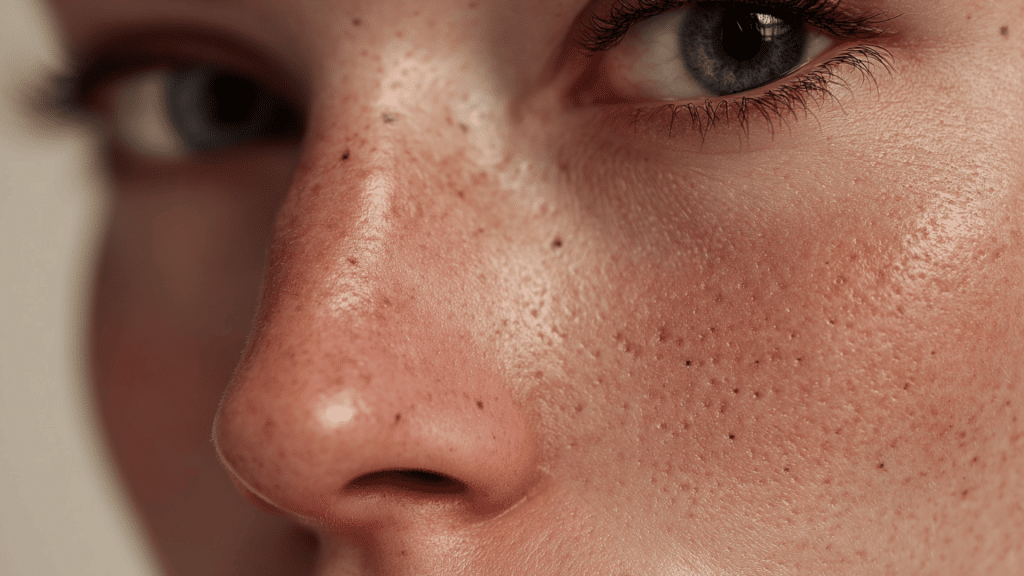Understanding your hair feels like solving a puzzle sometimes. You try different products, follow various routines, and wonder why your hair never seems to cooperate.
You’re not alone in this frustration; countless people struggle with the same questions about their hair. The missing piece might be simpler than you think; it’s all about hair porosity.
This single factor affects how your hair absorbs moisture, responds to products, and behaves in different weather conditions.
Once you understand your hair’s porosity, everything else starts to make sense. You’ll know why certain products work while others don’t, why your hair takes forever to dry, or why it gets frizzy.
This guide will help you figure out your hair type through fun quizzes and connect you with communities where real people share their experiences and tips.
What is Hair Porosity?
Hair porosity is your hair’s ability to absorb and hold onto moisture. Think of it like a sponge; some sponges soak up water quickly, while others barely absorb anything at all.
Your hair works the same way, and this affects how products work on your hair.
The secret lies in your hair cuticle: the outer layer of each strand. When cuticles are tightly packed, moisture has trouble getting in.
When they’re raised or damaged, moisture flows in and out easily. Understanding this helps you choose the right products and routines for healthy, happy hair.
Low vs. High Porosity Hair: What’s the Difference?

Here’s a simple breakdown of how low and high-porosity hair behaves differently:
| Feature | Low Porosity Hair | High Porosity Hair |
|---|---|---|
| Cuticle State | Tightly packed, flat cuticles | Raised, open, or damaged cuticles |
| Moisture Absorption | Takes time to absorb moisture | Soaks up moisture very quickly |
| Moisture Retention | Holds onto moisture well once inside | Loses moisture as fast as it absorbs |
| Common Challenges | Product buildup, heavy feeling, slow drying | Frizz, dryness, tangling, and quick color changes |
| Best Products | Lightweight, heat-activated treatments | Rich creams, oils, and sealing products |
Understanding your porosity type helps you make better choices about products, styling methods, and hair care routines. It’s like having a roadmap for your hair care routine.
Simple At-Home Hair Porosity Tests

Before diving into online quizzes, try these quick physical tests to get a basic understanding of your hair’s porosity.
These tests use simple household items and can give you immediate results to help guide your hair care decisions.
The Float Test
Fill a glass with clean water and drop a few clean, dry hair strands into it. Wait a few minutes and observe:
- Floats on top = Low porosity hair
- Sinks slowly = Normal porosity hair
- Sinks quickly = High porosity hair
The Slide Test
Take a single strand of hair and slide your fingers from the tip toward the root:
- Smooth feeling = Low porosity hair
- Bumpy or rough texture = High porosity hair
The Spray Bottle Test
Mist a clean section of your hair with water from a spray bottle:
- Water beads on the surface = Low porosity hair
- Absorbs water instantly = High porosity hair
- Absorbs at a moderate speed = Normal porosity hair
Quick Quiz to Help You Find Out Your Hair Porosity
While physical tests give you basic information, online quizzes provide a more complete picture of your hair’s needs. This quiz asks about your daily experiences, styling habits, and how your hair behaves in different situations.
1. How does your hair usually feel after washing?
A) It stays wet for a long time, takes ages to dry.
B) It dries in a normal amount of time.
C) It dries very quickly, sometimes goes from damp to dry in less than an hour.
C) It feels dry and frizzy soon after washing.
2. When you apply leave-in conditioner, oil, or moisturizing products, what happens?
A) They sit on top, making hair feel greasy or weighed down.
B) Hair absorbs them well and feels soft but not heavy.
C) My hair absorbs them quickly, and I need to reapply often.
C) Sometimes my hair feels sticky or flaky after product use.
3. How does your hair respond to humidity and moisture in the air?
A) Hair tends to stay smooth and resists puffiness or frizz.
B) Sometimes frizzy, sometimes manageable, depending on the weather.
C) Hair quickly becomes frizzy, puffy, or tangled.
4. What do you notice when you spray water or mist your hair?
A) Water beads up on the surface and takes time to absorb.
B) Water is absorbed after a brief moment.
C) Water absorbs almost immediately.
5. How does your hair feel when you slide your fingers up a strand from tip to root?
A) Smooth texture, almost no bumps or roughness.
B) Slightly uneven, some waves or tiny bumps.
C) Rough with noticeable bumps or gaps.
6. How quickly does your hair take color or bleach?
A) It takes very slowly, multiple treatments to see a noticeable change.
B) Colors at a normal or expected rate.
C) Very fast processing, color or bleach shows quickly.
7. How often do you experience product buildup or an oily scalp?
A) Often, my hair feels heavy and dull.
B) Occasionally, when using heavy or multiple products.
C) Rarely, products are absorbed quickly.
8. How does your hair react to protein treatments?
A) Hair feels hard, brittle, or dry after protein treatments.
B) Hair feels stronger and nourished without stiffness.
C) Hair loves protein and feels very soft and resilient.
9. How does your hair generally behave when wet?
A) Water tends to drip off, and hair feels resistant to soaking.
B) Hair soaks up water moderately, becomes limp but manageable.
C) Hair soaks up water quickly and becomes heavy or clumpy.
10. How long does your hair stay moisturized after washing or moisturizing?
A) Moisture seems to seal in well for a long time.
B) Moisture feels balanced, lasting a reasonable time.
C) Moisture leaves quickly, and hair feels dry sooner than expected.
How to Score and Interpret Your Results
Understanding your quiz results is key to choosing the best routine for your hair. Use the table below to quickly interpret your most frequent answers and what they reveal about your hair porosity type.
| Mostly | Hair Porosity Type | What This Means for Your Hair |
|---|---|---|
| As | Low Porosity Hair | Hair resists absorbing moisture and products, is slow to dry, and is prone to product buildup. |
| Bs | Medium/Normal Porosity Hair | Hair absorbs and retains moisture well, is generally easy to style, and responds predictably. |
| Cs | High Porosity Hair | Hair absorbs products and water instantly, dries quickly, and is prone to rapid moisture loss, frizz, and breakage. |
Why Does My Porosity Seem to Change?
Hair porosity isn’t always permanent – it can shift over time due to various factors that affect your hair’s structure. Understanding these changes helps you adjust your hair care routine as your hair’s needs evolve.
- Chemical treatments – Coloring, relaxing, or perming can open up the hair cuticle and increase porosity over time.
- Heat damage – Regular use of styling tools without protection can raise cuticles and create more porous areas.
- Environmental factors – Sun exposure, chlorine, and pollution can gradually damage hair and affect porosity levels.
- Age and hormones – Natural aging and hormonal changes can alter hair texture and porosity characteristics.
- Product buildup – Heavy products can temporarily coat hair and affect test results, making porosity seem different from what it actually is.
Remember that porosity changes are usually gradual, not sudden. If your hair seems dramatically different overnight, it’s more likely due to product buildup or testing conditions rather than actual porosity changes.
Next Steps & Tips
Once you know your hair porosity type, you can choose products and routines that work with your hair’s natural characteristics.
- Low-Porosity Hair – Use lightweight, water-based products and apply gentle heat during conditioning to help the products penetrate more effectively.
- Medium Porosity Hair – Maintain a balanced routine with both moisturizing and strengthening protein treatments for optimal hair health.
- High Porosity Hair – Lock in moisture with creams, butters, and oils, and consider regular protein treatments that are gentle enough to minimize breakage.
Join Hair Communities for Real Support

Online communities offer ongoing support, personalized advice, and the kind of practical wisdom that only comes from people who’ve actually tried different products and routines.
These communities become your hair care support system, helping you avoid costly mistakes and find solutions that actually work for your specific hair needs.
Why Community Matters for Hair Care
Online communities provide something that tests and quizzes can’t – real experiences from people with similar hair types.
These communities become your support system where you can compare test results and get second opinions from people who truly understand your hair challenges.
You’ll find product recommendations from people with your exact hair type, troubleshoot confusing or mixed test results with help from experienced members, and learn from others’ mistakes and successes without having to make costly errors yourself.
The shared knowledge in these communities often proves more valuable than any single test or quiz because it comes from real people dealing with the same hair struggles you face every day.
Top Communities to Check Out
Here are some of the most helpful places where you can connect with people who understand your hair porosity challenges.
Reddit Communities:
- r/HaircareScience – Scientific discussions about hair care with evidence-based advice and active porosity testing threads.
- r/curlyhair – Support community for textured hair types with product recommendations and routine discussions.
Hair Care Forums:
- CurlyNikki forum – Connects people with textured hair for tips, product reviews, and dedicated porosity discussion threads.
- Long Hair Community – Supports people growing and maintaining longer hair with specialized care advice and porosity guidance.
Getting the Most from Community Engagement
When you join these communities:
| Action | How It Helps |
|---|---|
| Share your test results | Get feedback and validation from experienced members who can confirm or question your findings. |
| Post photos of your hair. | Receive visual assessments and personalized advice based on your actual hair condition (if comfortable) |
| Ask specific questions | Get targeted advice about products, routines, or techniques that work for your porosity type. |
| Share your own experiences. | Help others learn from your successes and failures while building community connections |
| Search previous discussions | Find answers to common questions and avoid repeating topics already covered extensively. |
Your Perfect Hair Care Starts Here
Understanding your hair porosity opens doors to better hair care. It helps you choose products that actually work for your hair type, save money on ineffective treatments, and develop routines that fit your lifestyle.
Remember, hair care is personal. What works for someone else might not work for you, even if you have the same porosity type.
That’s why combining tests, quizzes, and community wisdom gives you the best chance of finding what works.
Start with the simple tests, take a few online quizzes, and don’t be afraid to ask questions in hair care communities.
Your hair care routine should make you feel confident and comfortable, not frustrated and confused.
Have you tried any of these tests before? Share your experiences and favorite hair care tips in the comments below; your insights might help someone else on their hair care journey!






